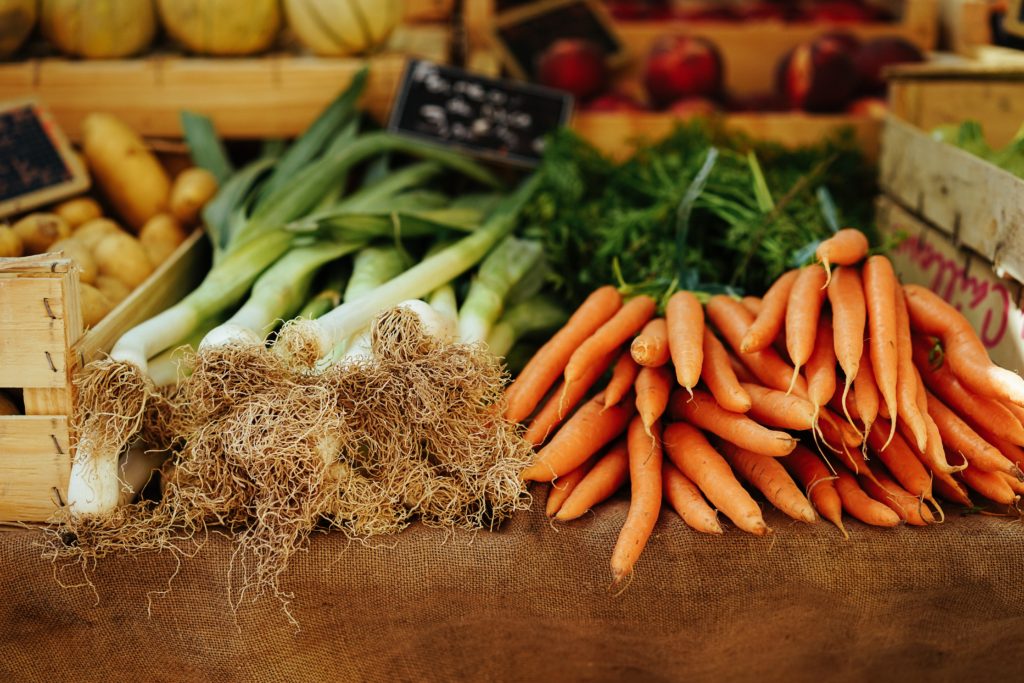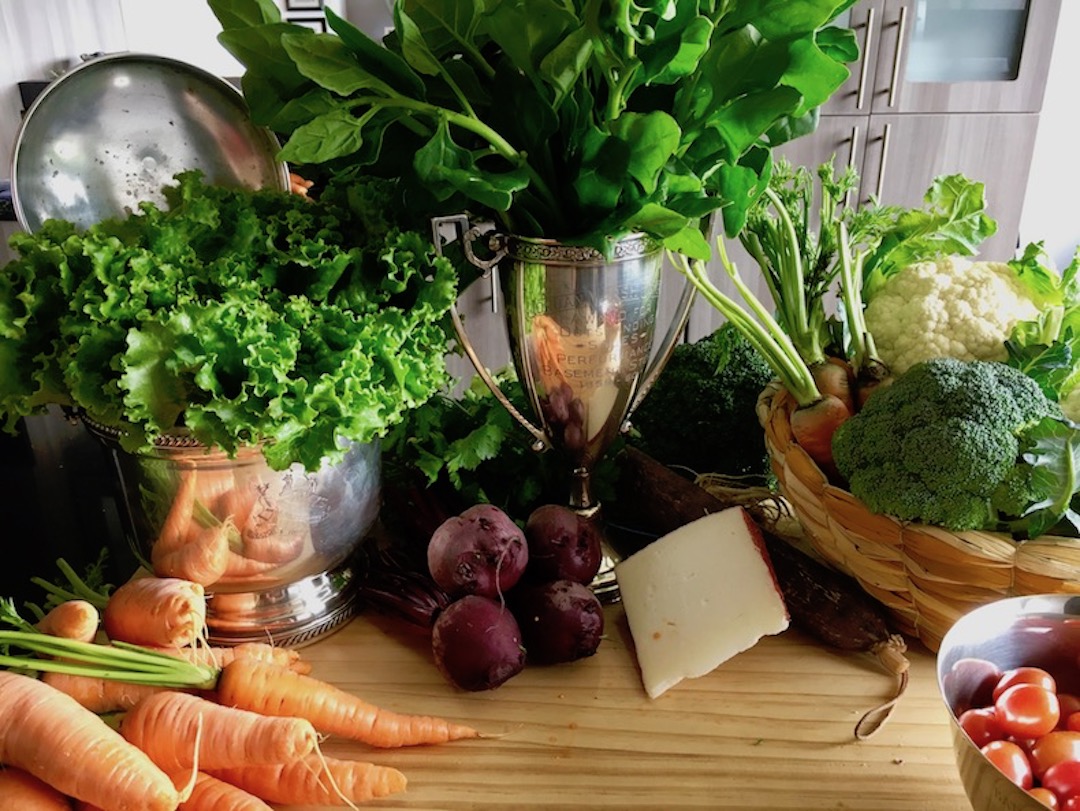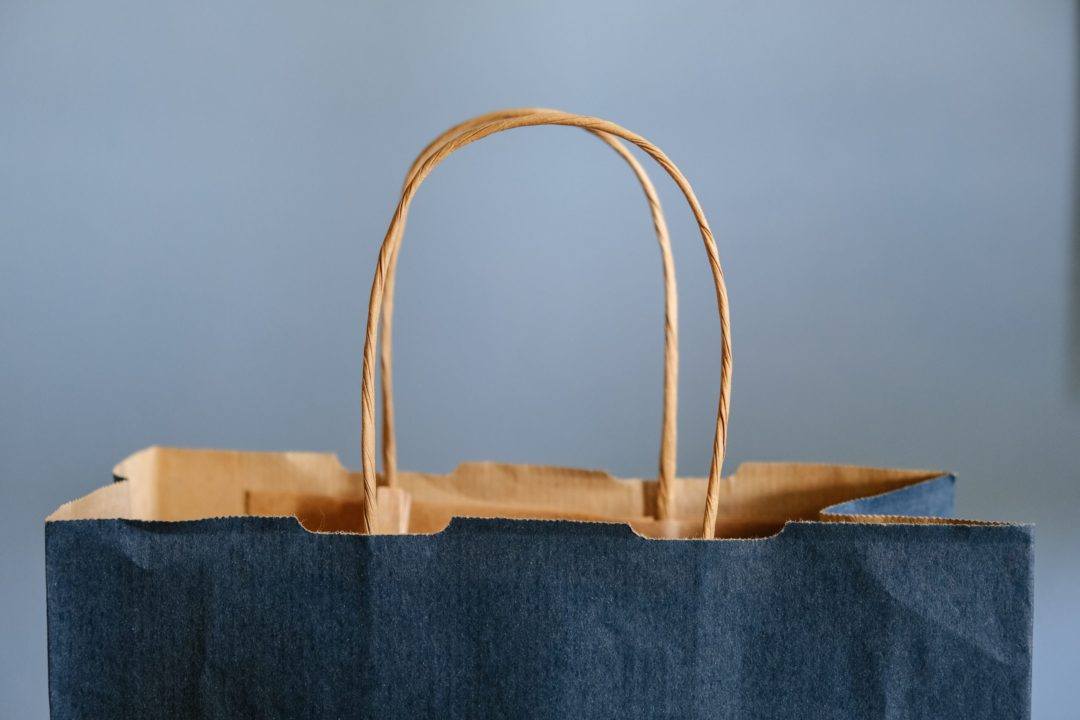Pull up a chair. Take a taste. Come join us. Life is so endlessly delicious when food is shared…..Ruth Reichl

It’s exhausting when you think about how far food has to travel to reach our tables. When I think of Farm to Table I’m thinking a maximum of a couple of days from a farm to my table. Which can definitely happen depending on your location or the restaurant.
The Los Olivos Cafe and Wine Merchant, in Los Olivos California is a good example of a Farm to Table restaurant. The owner’s Cafe Farm and Bernat Winery are a short distance from the restaurant. The chef comes by in the morning makes his selections and by lunch service, it’s plated and on the table!
A sugar coated story

There is a fascinating story featured at the Sugar Museum on the island of Maui, in Hawaii, which details the travel iteniary of the sugar we use.
Abundant acres of sugarcane fields surround the on-site plant for the processing of sugarcane into the raw sugar stage. From there it is shipped to the port of San Francisco and trucked across the bay to the C & H | California and Hawaii refinery to be processed into white sugar. But, hold on. We still have a few more stops on the sugar itinerary.
From the Bay Area, the white sugar is now shipped across the country to New York state for packaging into the small individual paper packages, that are then distributed throughout the country, including Hawaii. So much for the one-mile distance from the sugarcane fields to the processing plant. Actually, when you are sitting in a cafe in Hawaii, that pure Hawaiian sugar, in it’s perfect packaging, has clocked about 10,000 miles just to sweeten your latte.
Racking up travel miles is the norm in our food system at the moment. It’s difficult to understand why the United States and other countries would export a product and then turn around and import the same or similar product. Why not use what is grown here? It’s not unusual to find an imported apple, sitting next to an apple grown in Sebastopol, California. What is baffling is the imported apple is less expensive than the California apple. I know, not all apples are created equal. But, one would think it cost more to transport and deliver an apple to the United States than the cost to deliver the California apple, anywhere in the U.S.

It is estimated that our meals in the United States travel about 15,000 miles from the farm to our tables!
Not a surprising number when you look at the sugar packet mentioned above traveling 10,000 miles back to Hawaii. All these miles are expensive. Planes, trains, trucks, and big boats use a lot of fuel and we pay for this in a number of ways. And not just in cash but what it is costing us environmentally. It takes vast amounts of fossil fuel to transport our food. Because of the freshness factor, more foods are being transported by faster and more polluting methods. A sea shipment will generate fifty times less CO2 than airfreight. But, it is a slow boat and not all foods will survive, let alone be fresh upon arrival. So, airfreight is the faster way. Poor Mother Earth, she gives us her bounty and we give her pollution.
Fortunately, there is growing support of farmers’ markets throughout the country and especially in California. There is an amazing array of foods that are grown in California because of the varied microclimates that exist throughout the state. From the Bay Area Mediterranean climate to the heat of the Central Valley to the fog rolling over the Central Coast. California is often referred to as the breadbasket of the United States. Currently, there are over 400 different crops grown in California. Interestingly, California only possesses 4% of the total United States farms but supplies the nation with the most agriculture products. Many farmers’ markets offer more than just fresh vegetables. At many larger markets you can find, along with the veggies and fresh fruit – meats, chicken, dairy products – cheese yogurt – eggs, honey, and various homemade condiments.
We are fortunate to have an increase in farmers’ markets across the country. More manufacturers are now including detailed information on packaging, enabling us to make a more informed decision about the product. And, with the increase of a variety of healthy grocery/food emporiums to select from, we have the option to be healthier. Our expanded personal awareness brings a level of peace of mind to what we consume.

The green goddess
I’m addicted to salads. I have an extremely talented watercolor artist best-friend, that I have known since I was 17. She moved to Hawaii at 22 with her 2year old son. And rented an apartment from my mom. It was she who introduced me to the creation of a salad. The thing I loved most about her salads, it was always layered with surprises. Anything that is in the vegetable family and colorful was included. So, I have to confess, I make a salad and my own dressing most days. And I have hit the vegetable jackpot here in Cuenca.
The vegetable jackpot
I’ve mentioned in a previous post the abundance of fresh produce here. I go to a small family co-op of farmers that sets up once a week at the Dos Secure Restaurant on Tuesday mornings. It is a color wheel of fresh veggies, picked the day before and that morning. When I get home and start sorting and washing the produce, it makes me feel like I was up at 6 am picking vegetables in my own, imaginary, back-yard.
What astonishes me the most – is – how long the veggies, including the salad greens last. I found a method that helps preserve the freshness of the greens. I wash, in luke-warm water at least twice, spin dry and layout on a clean dish towel the separated leaves and let them air dry – completely. Once dry I’ll roll in paper towels, place in a large baggie, sealed, and store in the vegetable bin in the fridge. And, no, kidding I have used in salads up to 10 days in storage. Yes, the leaves are still crisp. I usually buy two-three heads of different lettuces. Along with a couple of cauliflower heads, broccoli, carrots, spinach, Swiss chard. And, I’ll add, peas, sweet potatoes, beets, onions, and any herbs that are available. I go about every other week. I use to go every week, but with the virus, we are not entertaining in the apartment. In fact, we just started, late last month, to have one or two over for lunch.

Cold storage: Here are a few reminders about what vegetables are best kept cold. Broccoli, cauliflower, cucumbers, green beans, carrots, lettuce and mushrooms – in a brown paper bag.
You missed what
It is so funny what life boils down to…I missed going to our local, nice big grocery store. Last week I went for the first time in five months. I was so excited. I like to go alone, take my time, roam the aisle, practice reading Spanish, and hunt for familiar items, that are not always in stock. I arrived at Supermaxi totally encased in my mask, glasses, gloves, and a hat – Panama, of course. (Just as a side note, the Panama hat originated in Ecuador – not Panama.) They took my temperature, motioned for me to step in a shallow vat of disinfection sprayed by gloves with alcohol, and let me in. They only allow a certain number of people inside the store, at any one time, so they also counted me! All the aisles were one way north, next aisle one way south. Complete with aisle monitors – just like high school with the hall monitors. No detentions were given out, but a few ex-pats were going the wrong way on the one-way aisle. Supermaxi in normal times is usually a once every 4-6 week adventure. The majority of our fresh food shopping is at the local Macados, bread and fish vendors (most deliver), and our Tuesday veggie market. I shopped for an hour and had a great time. Interesting what you miss – of course, I get anxious when the fridge and freezer are not full and the vegetable basket is wilting.
I know the past months have been challenging for all of us, on many levels. I think it’s fascinating to find out what people miss. Social contact is a big one and returning to normal routines is another for me. What do you miss? Let me know. Thanks for stopping by, it’s so appreciated.














3 Comments
Sandra Axelrod
September 13, 2020 at 9:41 amReally interesting.article. Well written with beautiful pictures. A+
LAURIE
September 8, 2020 at 3:29 pmI love the idea of eating local food. I am still learning to trust that it does not have pesticides on it. However, the idea that we use as many things locally is great for the environment, which is the most important thing we can do for our health and the lives of those who come after us. Thank your for your thought provoking and lesson oriented posts!
Sheila
September 8, 2020 at 10:25 amAnother beautiful article, Kate. Thank you!